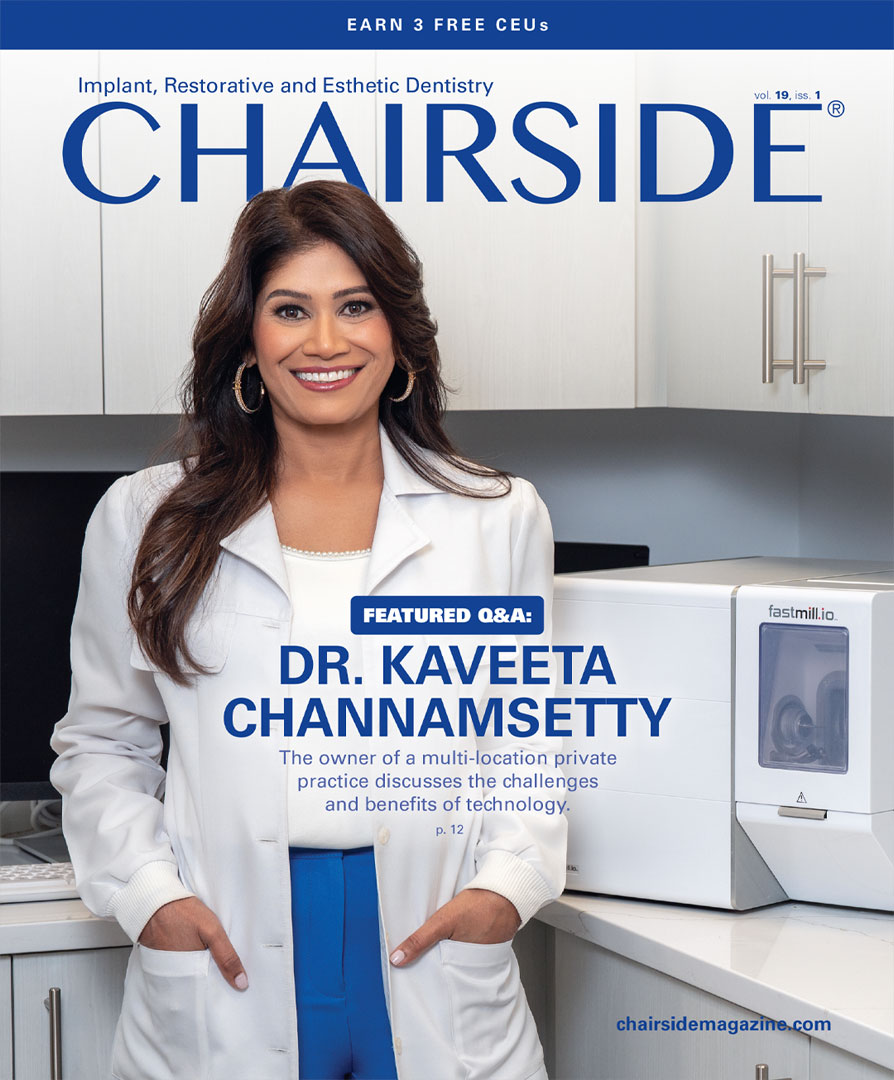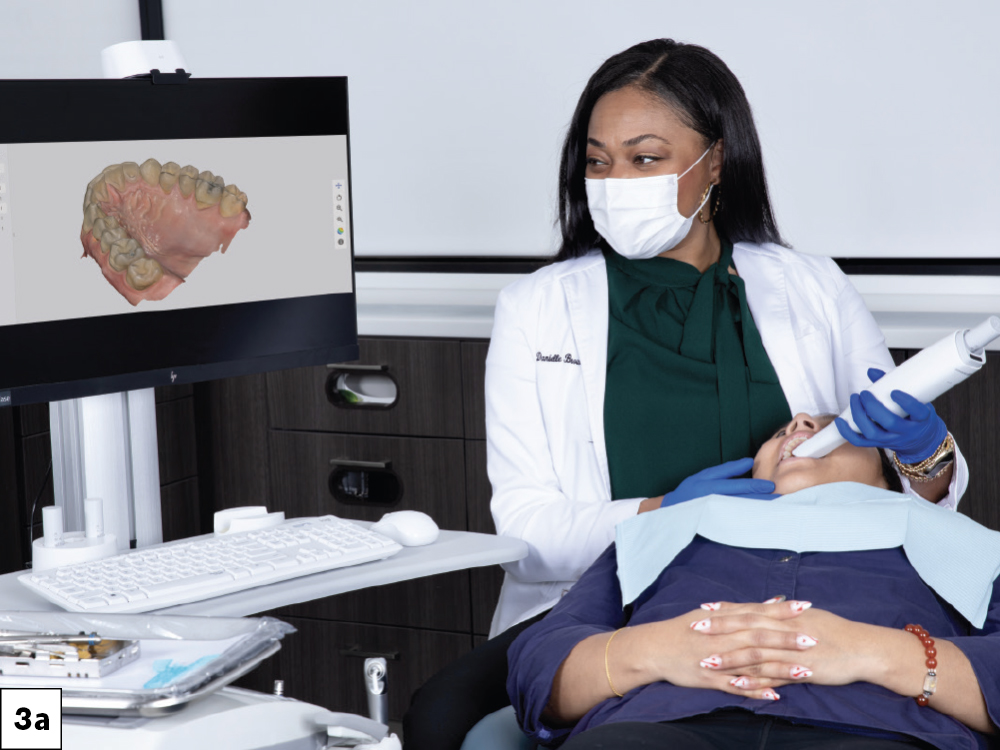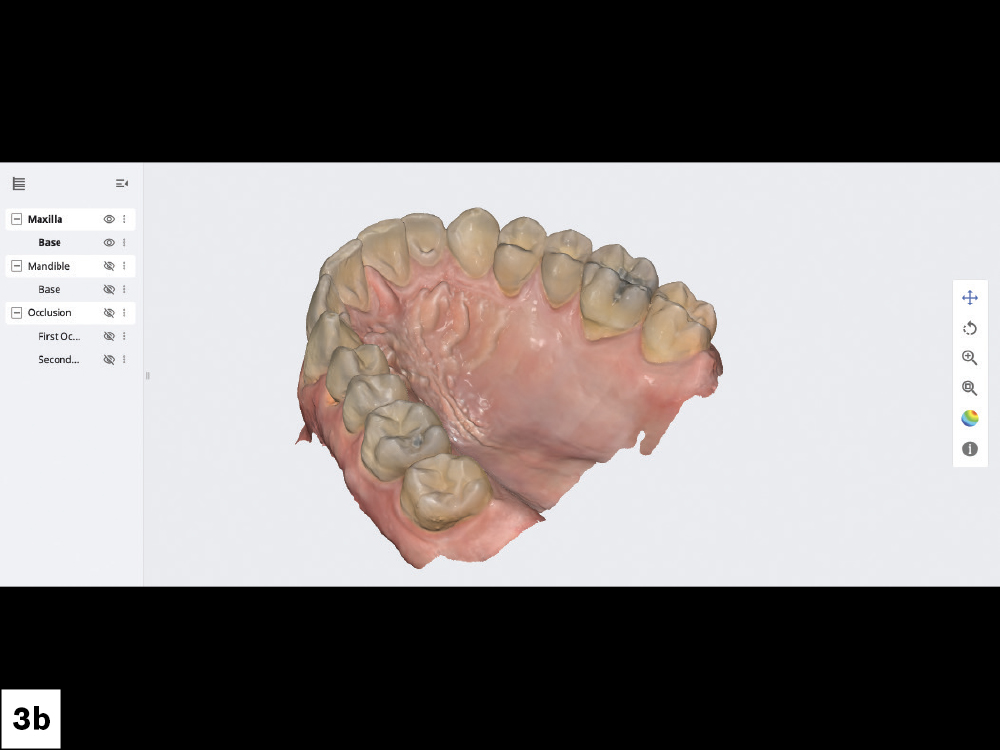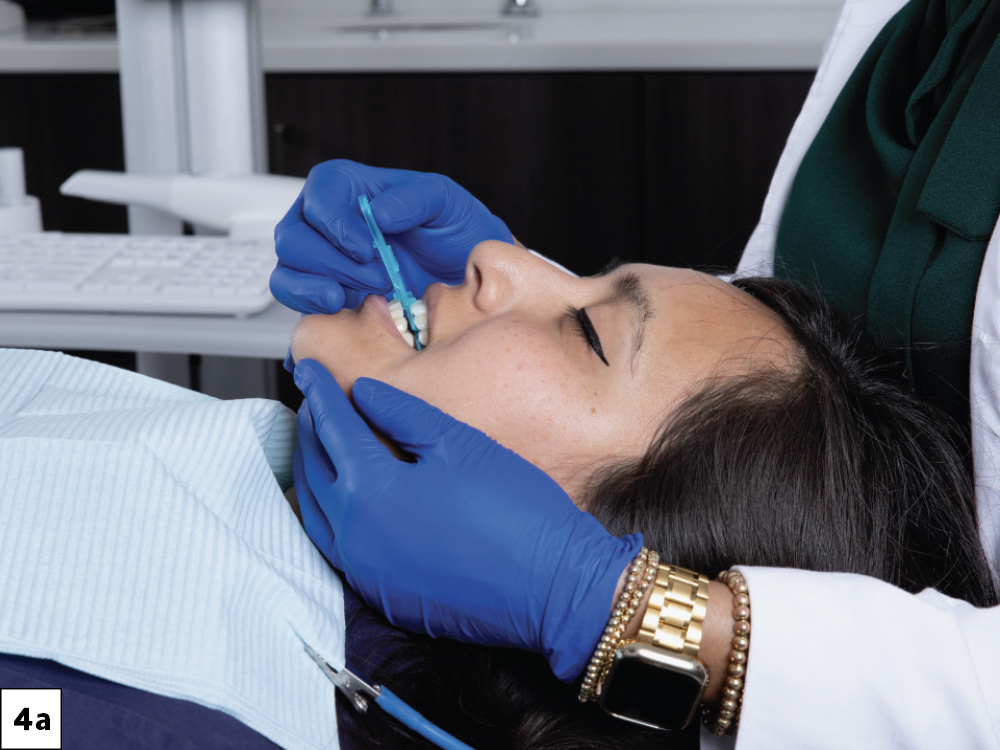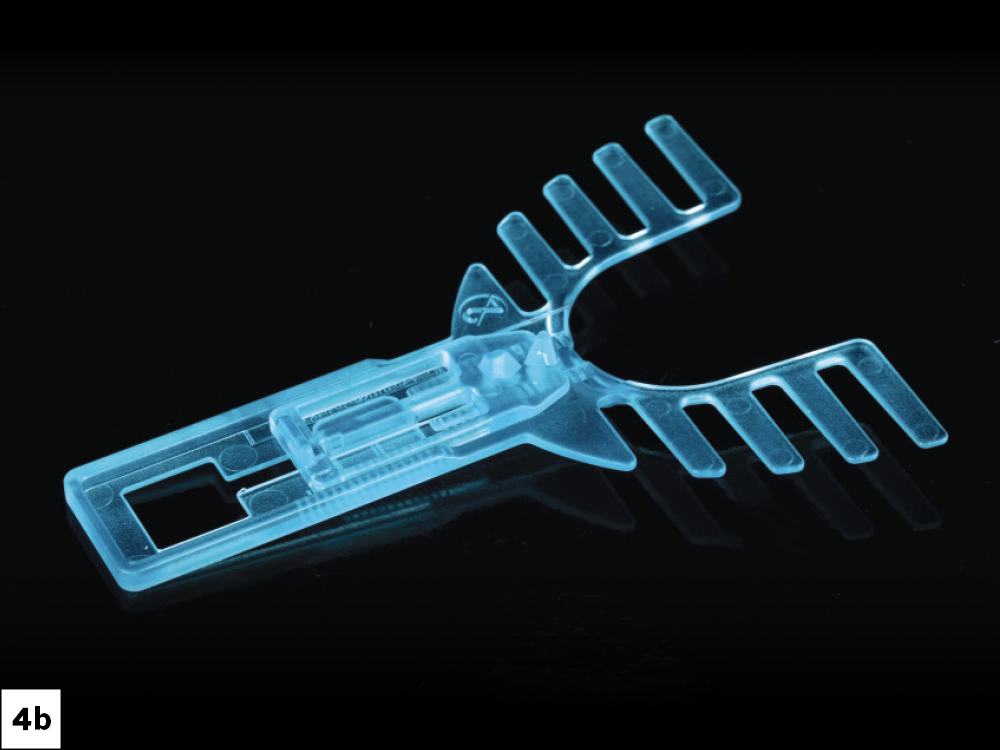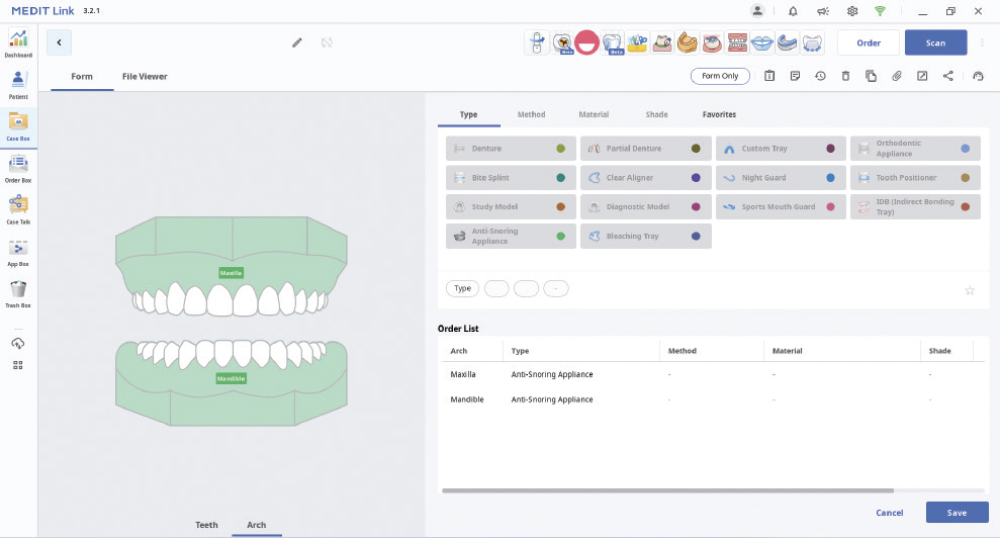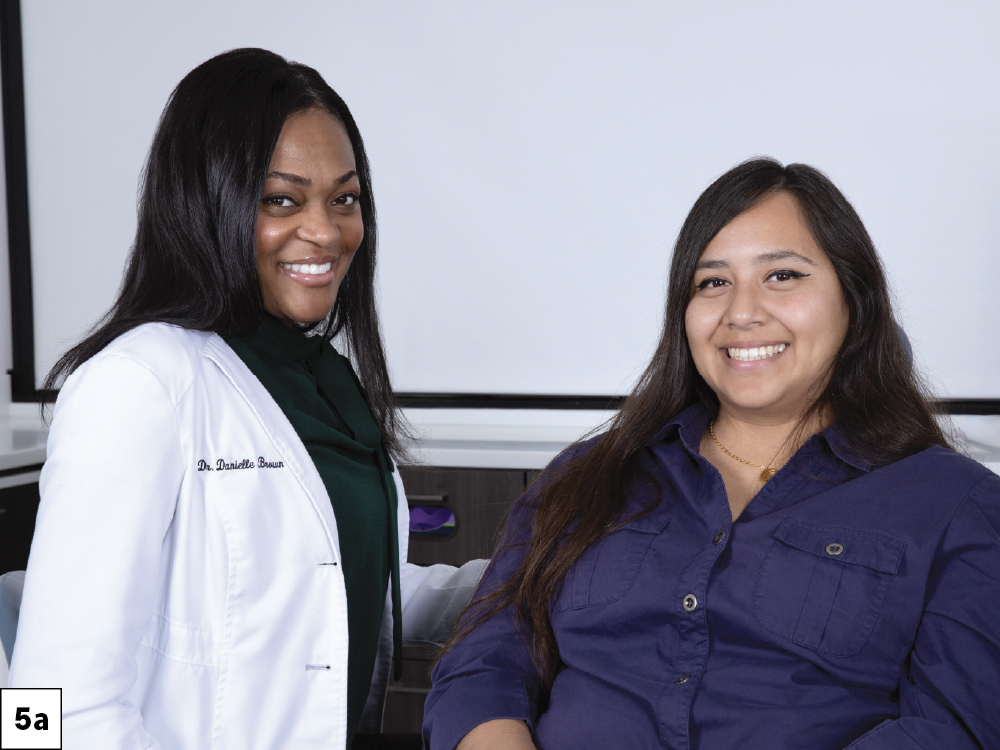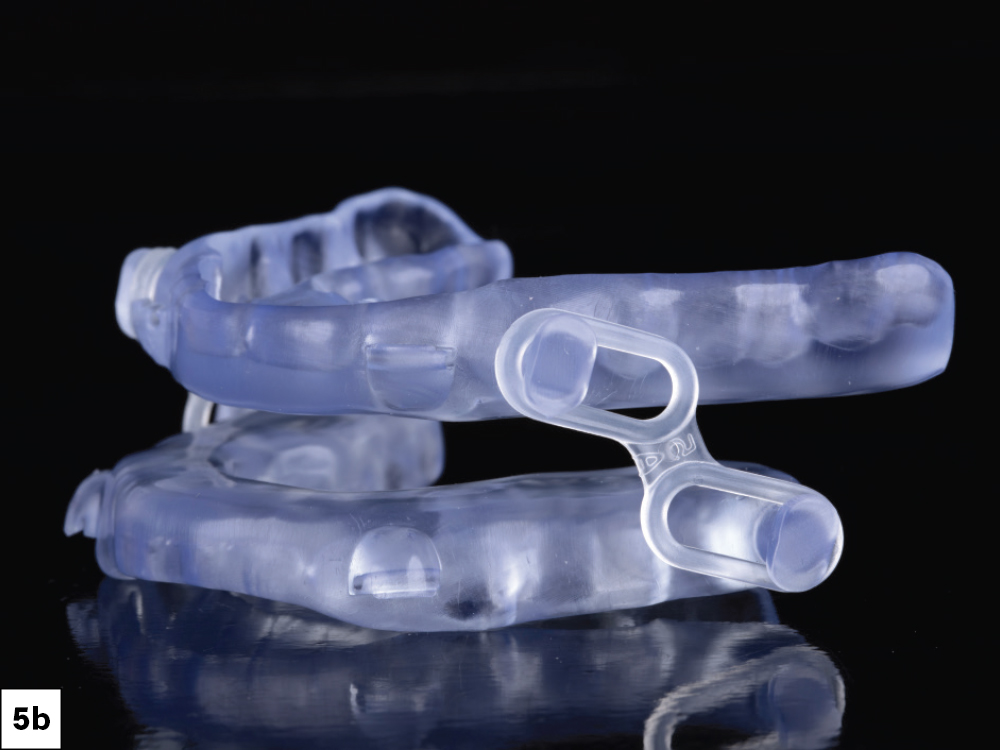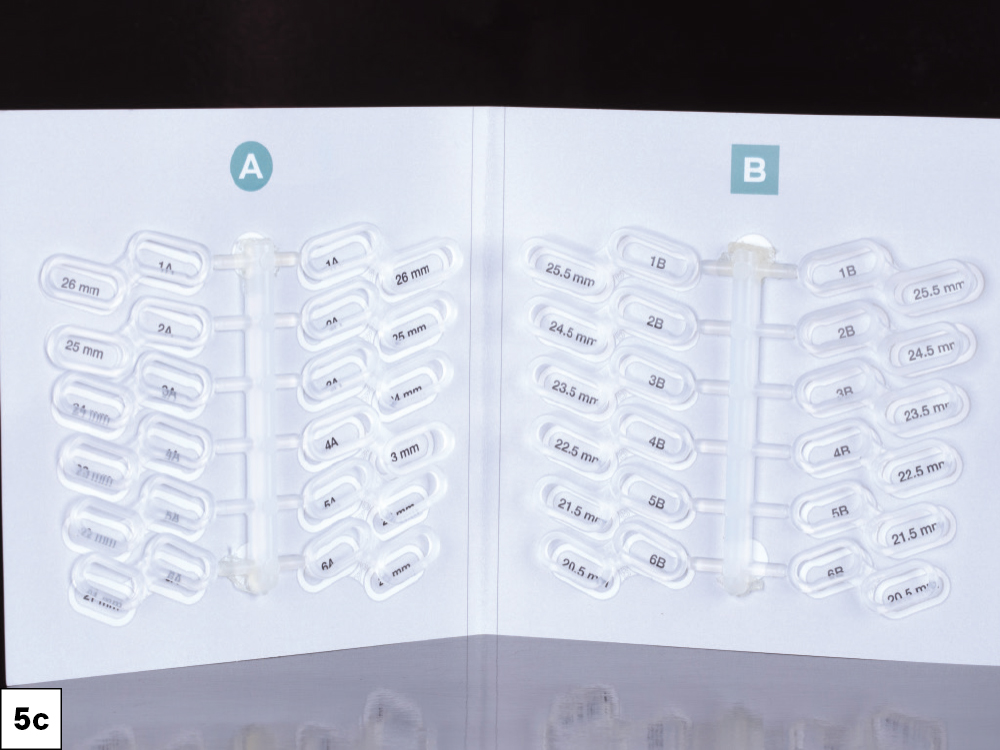The Silent Nite® 3D Sleep Appliance: Simplified Airway Management

With approximately 39 million adults in the United States suffering from obstructive sleep apnea (OSA), many dentists have added the treatment of sleep-disordered breathing to the list of services they provide.1 Treatment with oral appliances is effective for patients with sleep-disordered breathing and has a compliance rate of 90% over a two-and-a-half-year period.2 While there are several mandibular advancement devices (MAD) on the market, the new Silent Nite® 3D Sleep Appliance from Glidewell takes advantage of digital technology to create a better appliance for your patients. The 3D-printing process creates a more precise fit for patients in need of airway management and offers a more efficient workflow for the clinicians who have gone digital.
CASE REPORT
STEPS REQUIRED TO FILL OUT YOUR DIGITAL CASE SUBMISSION WITH THE FASTSCAN.IO™ SCANNING SOLUTION
STEP 1: Fill out the patient’s information.
STEP 2: Select the arch or arches.
STEP 3: Select the product.
CONCLUSION
There are many sleep appliances to choose from, but I prescribed the Silent Nite 3D appliance for this case because of its simplified, digital workflow. 3D-printed appliances also have lower remake rates, which benefits both the clinician and patient. The Silent Nite 3D appliance is 3D printed in the lab from a resin that was tested by the Research & Development team at Glidewell. The increased speed and accuracy of the digital impression, design software and 3D-printing process ensured this case met the demands of the patient.
AM Aligner is a registered trademark of Airway Technologies, LLC.
References
-
Ling V. Sleep apnea statistics and facts you should know [Internet]. The National Council on Aging. National Council on Aging; [modified 2023 Oct 4]. [cited 2024 Feb 28] Available from: https://www.ncoa.org/adviser/sleep/sleep-apnea-statistics.
-
Yoshida K. Effects of a mandibular advancement device for the treatment of sleep apnea syndrome and snoring on respiratory function and sleep quality. Cranio. 2000 Apr;18(2):98-105.

